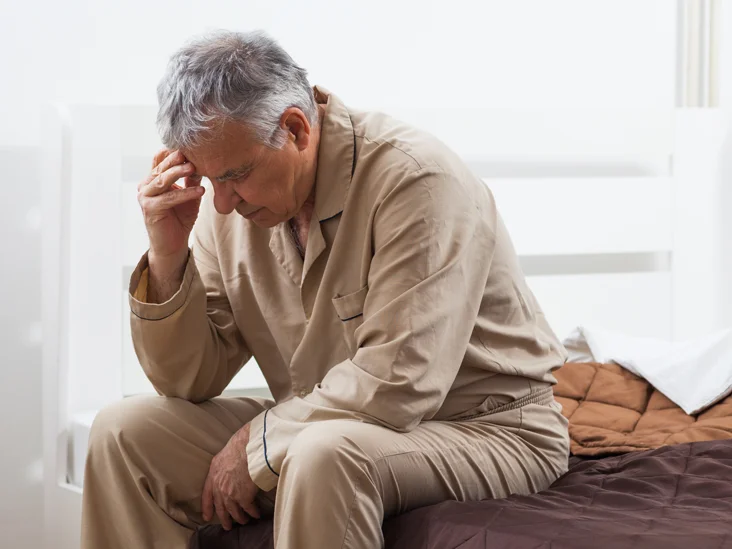As we journey through life, we encounter various stages, and one of the most cherished and vulnerable is old age. Our golden years should be filled with joy, comfort, and independence, but aging often brings its share of physical challenges. For many seniors, diminished mobility becomes a significant concern, affecting their ability to carry out daily activities and reducing their overall quality of life. However, there is a ray of hope that shines brightly through the haze of aging: physical therapy designed specifically for the elderly. In this blog, we will explore the vital role of elderly-focused physical therapy in enhancing mobility and independence for seniors.
Understanding the Needs of the Elderly
As individuals age, their bodies undergo various changes, such as decreased muscle mass, weakened bones, and reduced flexibility. These natural changes can lead to mobility issues, making simple tasks like walking, climbing stairs, or even getting out of a chair more challenging. Additionally, older adults may also face issues related to balance, coordination, and chronic pain, all of which further limit their ability to move freely.
The Role of Elderly-Focused Physical Therapy:
Elderly-focused physical therapy is a specialized branch of healthcare that addresses the unique needs of seniors. Unlike standard physical therapy, which might focus on athletes or those recovering from injuries, elderly-focused therapy is tailored to cater specifically to the aging population.
- Comprehensive Assessment: The first step in elderly physical therapy is a comprehensive assessment of the individual’s mobility, strength, and overall physical condition. The physical therapist works closely with the elderly patient to understand their specific needs and goals.
- Personalized Treatment Plans: Based on the assessment, the physical therapist devises personalized treatment plans that target the areas of concern. These plans are carefully crafted to be both effective and safe, considering the elderly individual’s limitations and health conditions.
- Mobility and Strength Exercises: Physical therapy sessions for the elderly often include a variety of exercises aimed at improving mobility, increasing muscle strength, and enhancing balance. These exercises are designed to gradually build strength and flexibility without causing unnecessary strain.
- Fall Prevention Strategies: Falls are a significant concern for the elderly, as they can lead to serious injuries and a loss of confidence. Physical therapists work with seniors to develop fall prevention strategies, improving their stability and reducing the risk of accidents.
- Pain Management: Chronic pain is a common issue among the elderly. Physical therapists incorporate pain management techniques to alleviate discomfort, allowing seniors to participate more actively in daily activities.
Benefits of Elderly Physical Therapy:
- Enhanced Mobility: The primary objective of elderly physical therapy is to improve mobility, allowing seniors to move more freely and independently. With regular therapy, elderly individuals can regain their ability to walk, climb stairs, and perform everyday tasks with greater ease.
- Increased Independence: As mobility improves, so does the level of independence. Seniors who participate in physical therapy are better equipped to manage daily activities without constant assistance.
- Fall Risk Reduction: Physical therapy addresses balance and coordination issues, significantly reducing the risk of falls. This instills confidence in seniors, encouraging them to engage in social activities and explore their surroundings more freely.
- Better Quality of Life: By alleviating pain, enhancing mobility, and promoting independence, physical therapy contributes to an improved overall quality of life for the elderly. It allows them to enjoy their favorite activities, maintain social connections, and stay active.
Conclusion:
Aging gracefully is a desire shared by many, and physical therapy designed specifically for the elderly is a powerful tool that can make this desire a reality. Through personalized treatment plans, mobility exercises, and fall prevention strategies, physical therapists help seniors regain their freedom, confidence, and independence. By investing in elderly-focused physical therapy, we can honor the wisdom and experience of our senior citizens while ensuring they lead fulfilling lives during their golden years.

